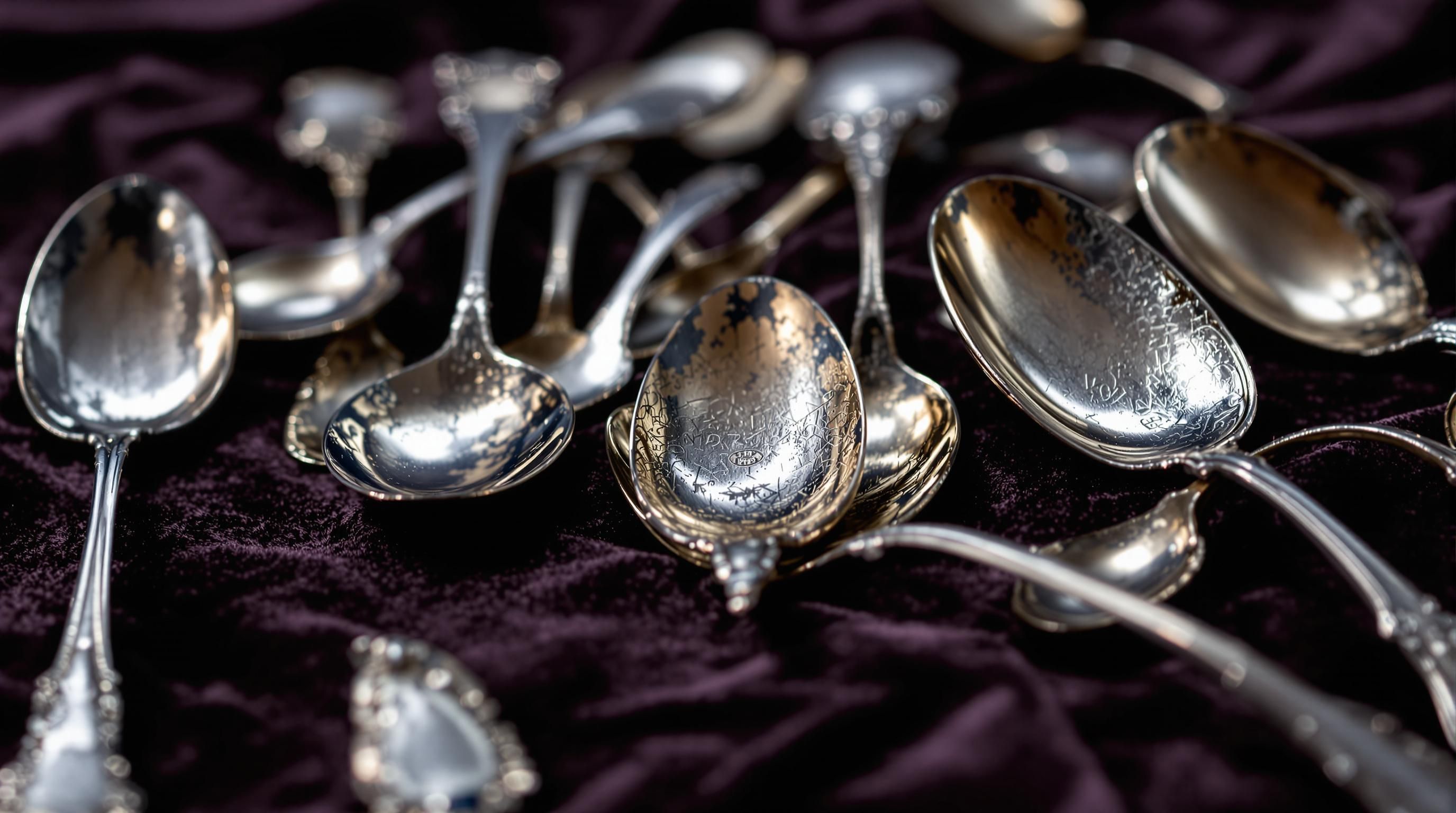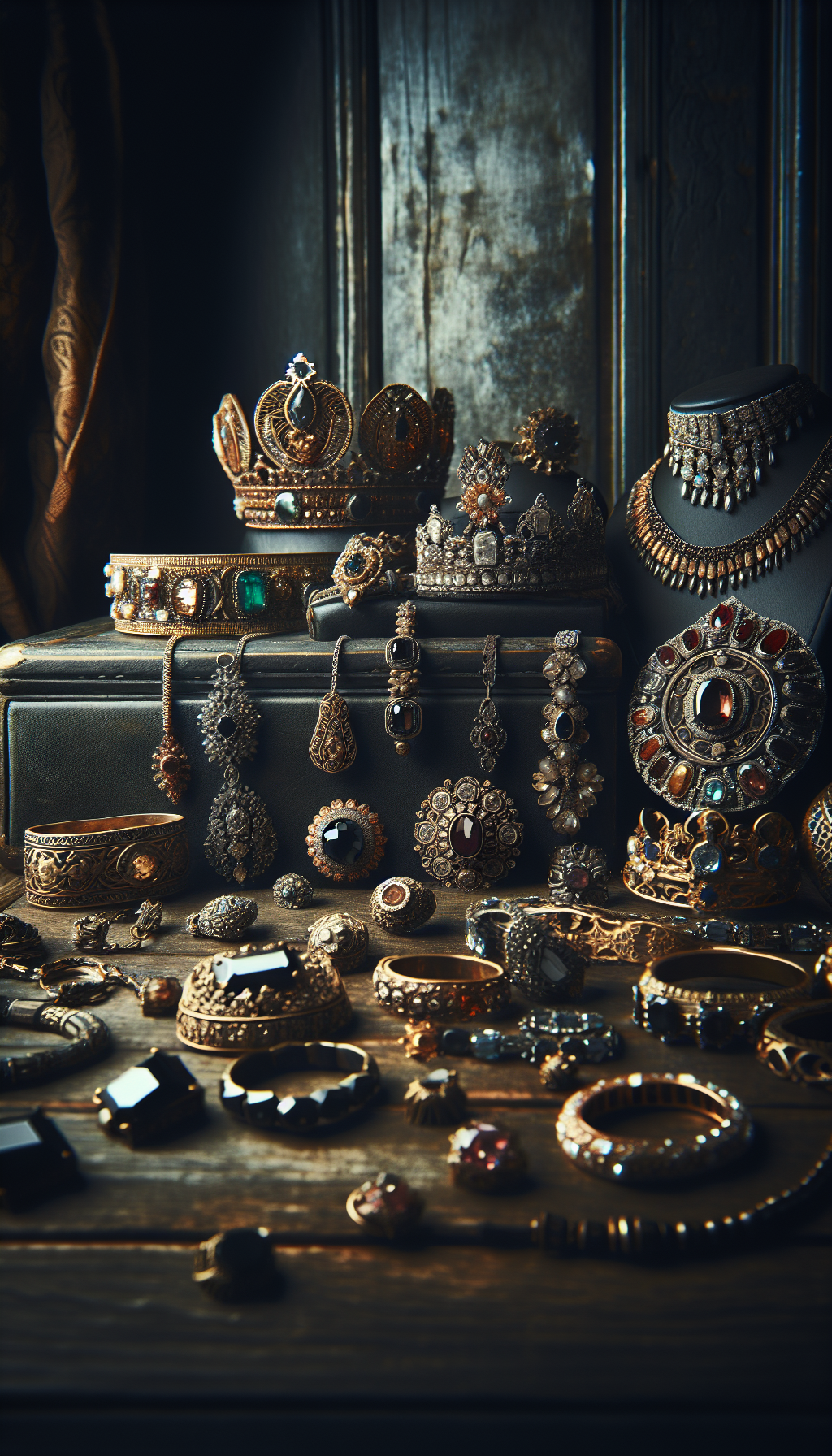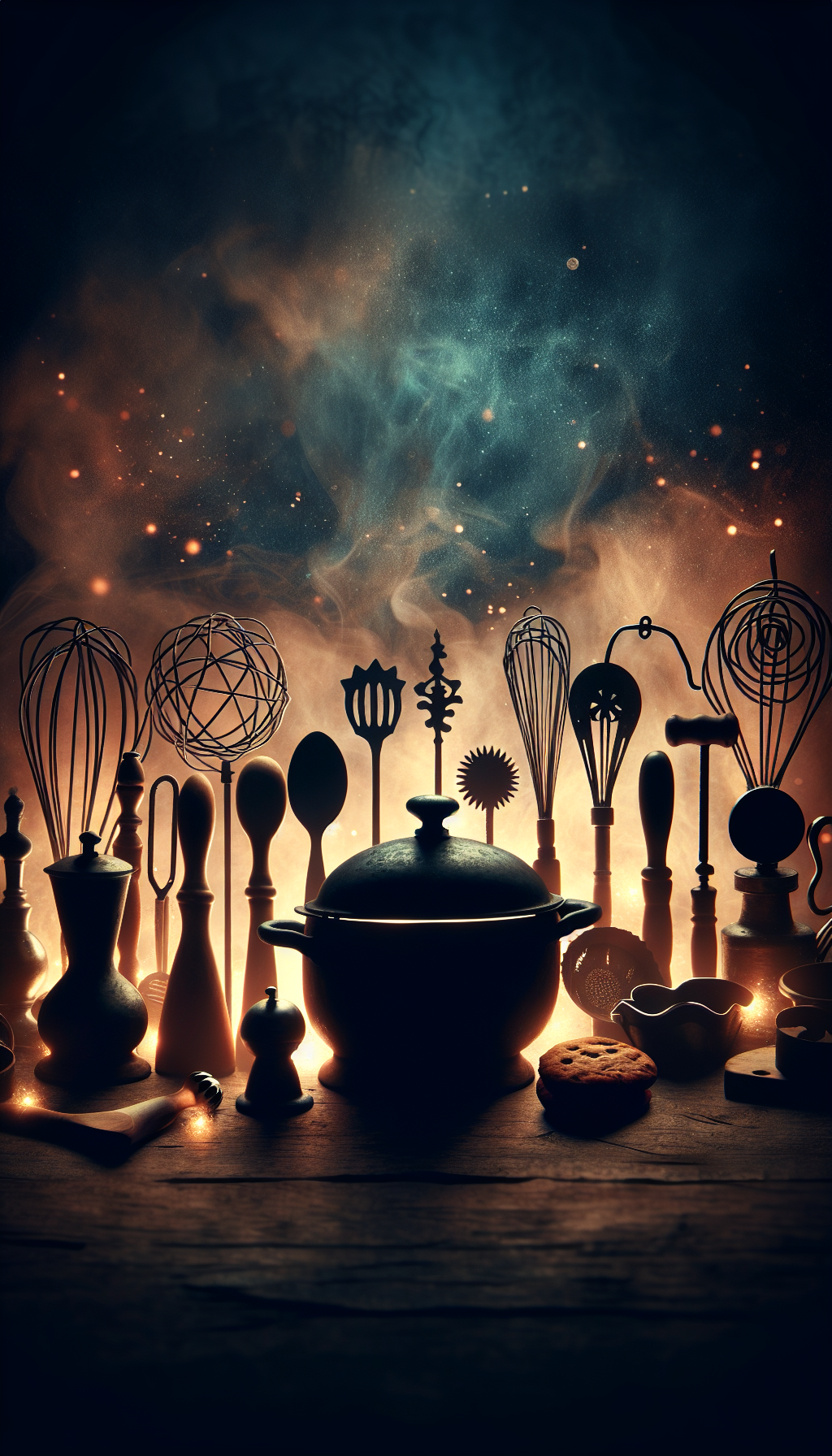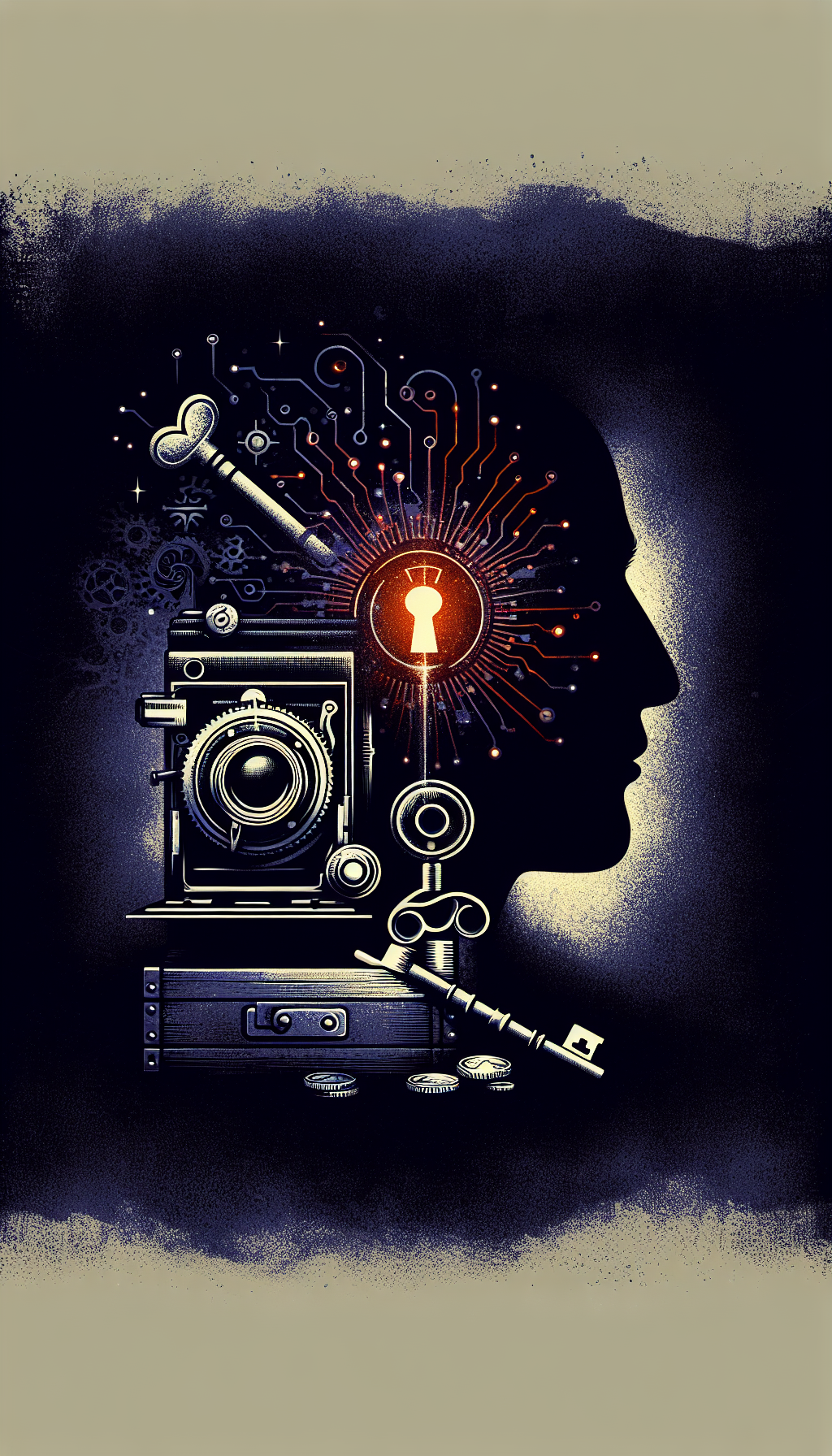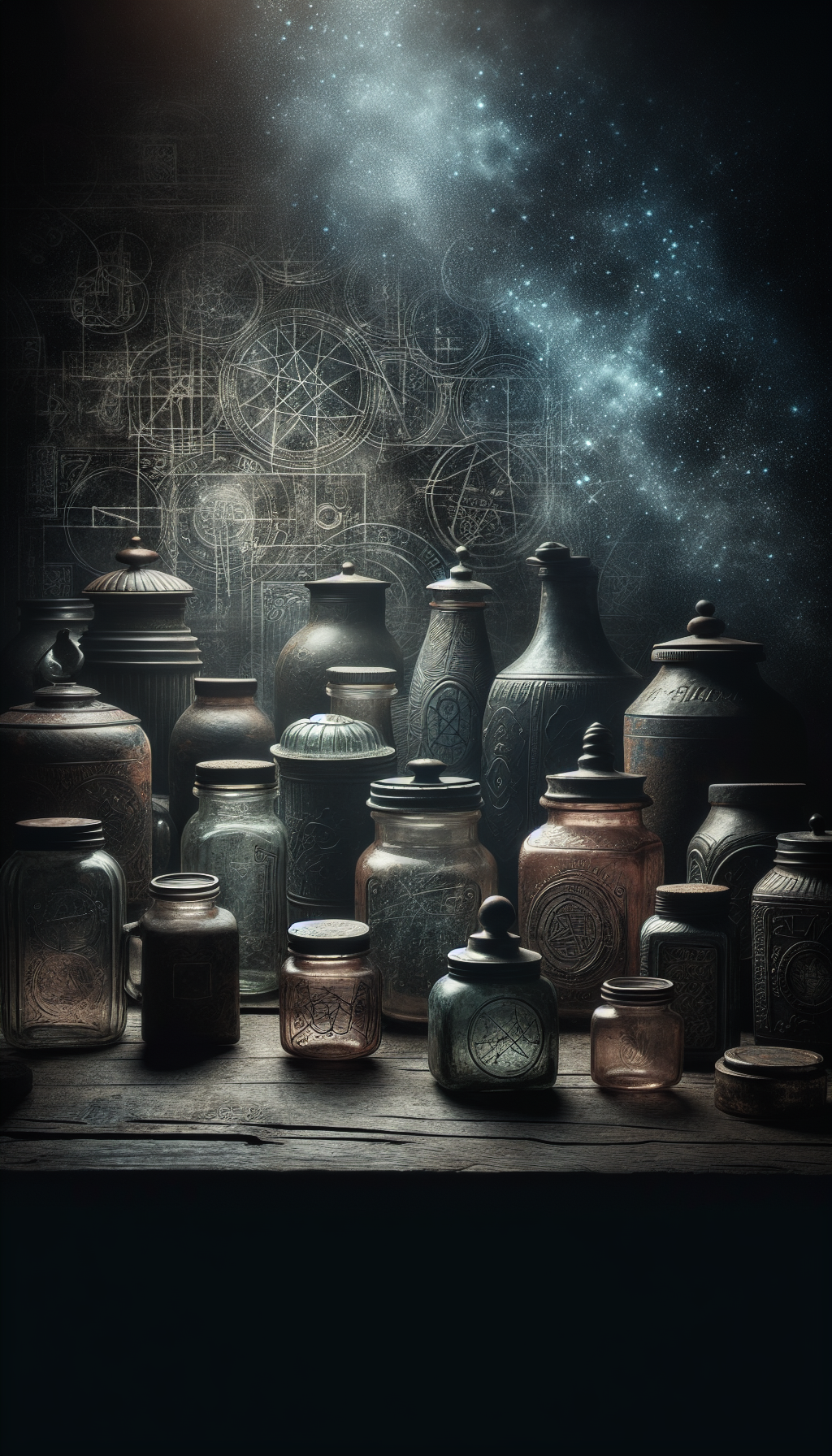Introduction to Old Silver Spoons
Whether you’ve inherited silver spoons from a family member or discovered them at an estate sale, understanding their value requires knowledge of several key factors: age, maker, silver content, pattern, condition, and provenance. While some may only be worth their weight in silver, others—particularly those with historical significance or crafted by renowned silversmiths—can command impressive prices at auction.
In this comprehensive guide, we’ll explore what makes old silver spoons valuable, how to identify different types, and what factors influence their worth in today’s market.
Key Silver Spoon Value Facts
Determining Silver Content
Sterling Silver vs. Silver Plate
Sterling silver spoons contain 92.5% pure silver, and are typically marked with “sterling,” “925,” or the hallmarks of their country of origin. These pieces have inherent precious metal value plus potential collector value.
Silver-plated spoons have only a thin layer of silver over a base metal (usually copper or nickel). These pieces generally sell for $1-$15, with very few exceeding that range regardless of age. Look for marks like “EPNS” (electroplated nickel silver), “A1” or “Silver on Copper.”
Coin Silver
Another important category is coin silver, which was commonly used in American spoons before the sterling standard was widely adopted. Coin silver contains 90% silver (900/1000) and was often made from melted silver coins. A “900” mark or “coin” on your spoon indicates this composition.
Silver Content Identification Checklist
Use these markers to identify your spoon's silver content
- Marked 'Sterling' or '925'
- Marked with authentic hallmarks from Britain, France, etc.
- Marked '900' or 'Coin' (indicating coin silver)
- Marked 'EPNS,' 'Silver on Copper,' or 'A1' (indicating silver plate)
- Has a magnetic attraction (suggests it's not solid silver)
As noted by spoon expert James Bucki from SpoonPlanet.com, “Silver Plated Spoons will normally sell from $1 to $15. Very few will exceed $15. If a spoon is NOT marked sterling or if it does not have legitimate European hallmarks, it is most likely plated.”
Identifying Makers and Hallmarks
British and European Hallmarks
British silver has one of the most comprehensive hallmarking systems in the world, dating back to the 14th century. A typical British hallmark includes:
- The maker’s mark (initials or symbol)
- The standard mark (lion passant for sterling)
- The assay office mark (city where tested)
- The date letter (indicating year of manufacture)
European countries like France, Germany, and the Netherlands have their own distinctive hallmarking systems that help date and identify pieces.
American Silver Marks
American silversmiths typically used their names, initials, or distinctive marks. Famous names to look for include:
- Paul Revere Jr.
- Tiffany & Co.
- Gorham
- Reed & Barton
- Kirk & Son
- International Silver Co.
American pieces from colonial and early republic periods (pre-1830s) are particularly valuable. For example, a silver spoon made by Paul Revere Jr. sold at auction in Dallas for a record $32,500 in 2001.
Timeline of Silver Spoon Production in America
- 1700-1820
Colonial & Early Republic
American silversmiths produced relatively simple designs, often copying British styles. These early pieces, especially by known makers like Paul Revere, are highly collectible and valuable. - 1820-1870
Coin Silver Era
Before standardization, many American spoons were made from melted silver coins (90% pure). These often feature fiddle or fiddle-thread patterns and regional maker's marks. - 1870-1920
Victorian & Art Nouveau
The golden age of American silversmithing with elaborate patterns. Companies like Gorham, Reed & Barton, and Tiffany & Co. created hundreds of distinctive patterns. - 1920-1960
Art Deco & Modernist
Simpler, sleeker designs became popular. Sterling production peaked before declining as stainless steel gained popularity after WWII.
Important Spoon Patterns and Styles
Collectible Pattern Types
Fiddle Pattern: A simple, elegant design resembling a violin’s shape that was popular in the early 19th century.
Rat Tail: An early pattern featuring a ridge running down the back of the bowl, used in the late 17th and early 18th centuries.
Trefid: A distinctive end shape resembling a three-lobed leaf, popular in the late 17th century.
Apostle Spoons: Feature finials shaped like the twelve apostles, highly collectible especially when complete sets are found.
King’s Pattern: A richly decorated pattern with a distinctive double drop on the front stem.
Lily Pattern: Features an ornate lily design, popular in the Victorian era.
Souvenir Spoons: Commemorative spoons depicting places, events, or people that became popular in the late 19th century.
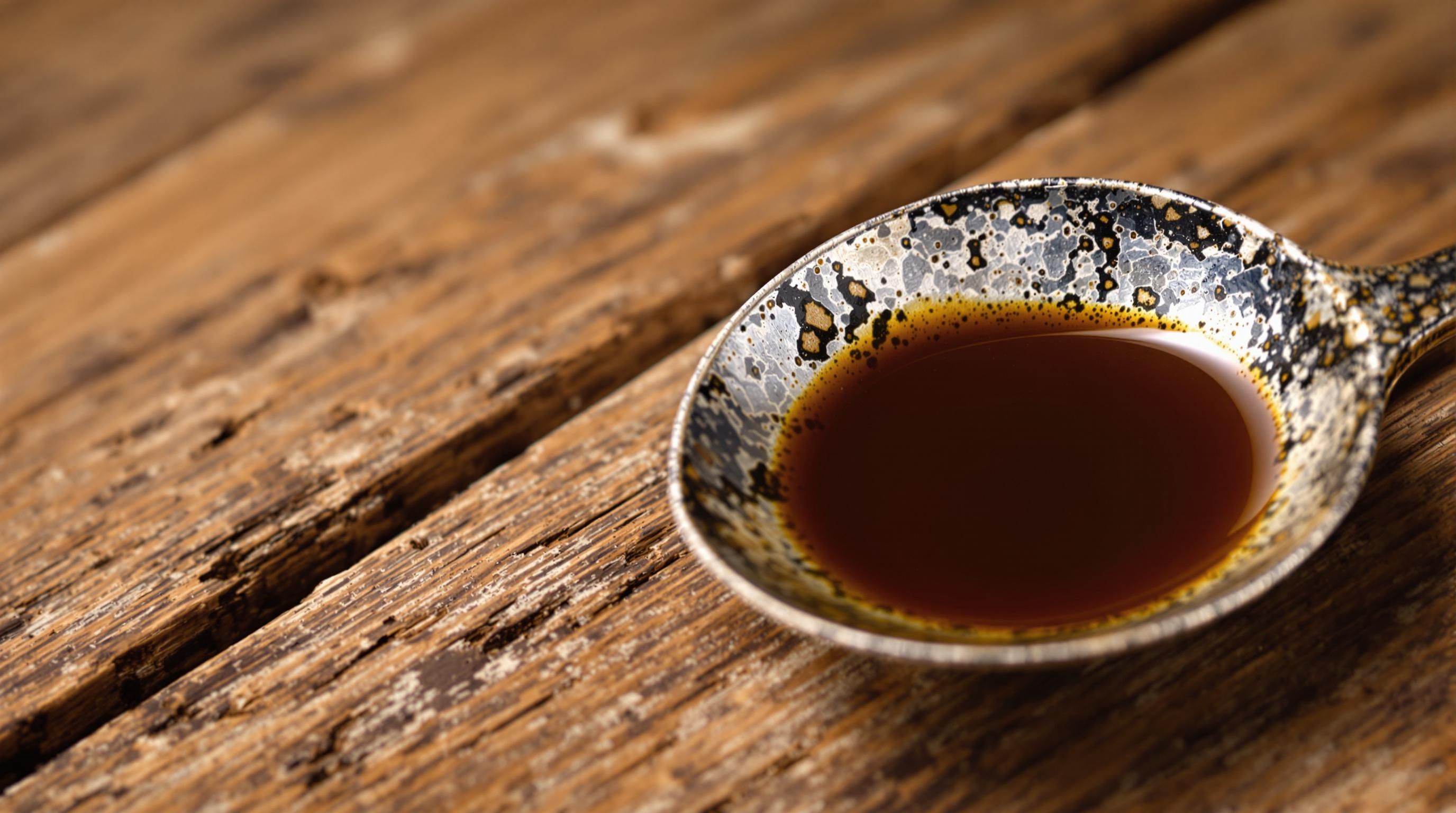
According to silver experts at Dawsons Auctioneers, “Old silver spoons often fetch high prices for a variety of reasons. For example, collectors might want a set of silver spoons for their collection or someone looking to complete a set might pay more for the item they need.”
Typical Value Ranges for Antique Silver Spoons
General market values based on type, age and condition (2024)
</tbody>
</table>
Condition and Its Impact on Value
Common Condition Issues
Wear: Look for wear to the pattern details, especially on the ends of handles and the bowls. Some wear is expected with antique pieces but excessive wear reduces value.
Dents and Dings: Small dents, particularly in the bowls, decrease value significantly.
Bends and Twists: Spoons should lay flat. Bent handles or bowls indicate damage.
Repairs: Poor repairs are worse than the original damage. Look for solder marks, filled areas, or mismatched metal.
Monograms and Removals: Period monograms may slightly reduce value, while attempts to remove monograms can significantly decrease value.
Bowl Reshaping: Many antique spoons had their bowls reshaped or “re-bowled” after years of use. Original bowls command higher prices.
Polishing Wear: Excessive polishing over decades can wear away details and hallmarks, reducing collector value.
According to silver experts at the Reddit r/Antiques community, “A spoon that has been damaged and repaired is rarely worth the same as one in original condition… even if the repair is almost invisible.”
Notable Silver Spoon Auction Results
Recent significant sales of antique silver spoons
| Category | Price | Notes |
|---|---|---|
| Colonial American (pre-1800) | $200-$5,000+ | Highest value for known silversmiths, rare forms |
| British Georgian (1714-1837) | $100-$1,000+ | Higher values for early pieces, documented provenance |
| Victorian Sterling (1837-1901) | $50-$300 | Pattern rarity significantly affects value |
| American Coin Silver (1800-1870) | $75-$350 | Regional silversmiths command premium prices |
| Art Nouveau/Art Deco (1890-1940) | $50-$250 | Designer pieces worth significantly more |
| Silver-Plated Antique Spoons | $1-$15 | Limited collector value regardless of age |
| Souvenir Spoons (Sterling) | $20-$100 | Rare locations or unusual designs command higher prices |
</tbody>
</table>
Dating Antique Silver Spoons
Dating Methods
Hallmark Date Letters: For British silver, the date letter within the hallmark precisely identifies the year of manufacture. Each assay office used a different series of letters that cycled through the alphabet.
Maker’s Marks: Certain silversmiths worked during specific periods, so identifying the maker can narrow the date range.
Style and Pattern: The evolution of spoon styles provides dating clues:
- Puritan/Early Colonial (1650-1710): Simple, unadorned stems
- Queen Anne (1710-1750): Rounded, broad ends
- Hanoverian (1730-1770): Upturned rounded ends
- Fiddle (1780-1900): Violin-shaped handles
- Old English (1780-1850): Downturned rounded ends
Construction Methods:
- Hand-hammered marks (pre-1800)
- Die-stamped patterns (post-1800)
- Machine-made uniformity (post-1870)
According to Hunt Vintage, “The date letter hallmark on silver is a key indicator of the year the piece was officially hallmarked. To illustrate, we’ve provided an example below featuring the date letter for Birmingham in 1774.”
Scrap vs. Collector Value
Scrap Silver Value
The current market value of silver determines the base value of sterling and coin silver spoons. As of 2024, scrap sterling silver (92.5% pure) is worth approximately $0.77 per gram, while coin silver (90% pure) is worth about $0.75 per gram.
A typical teaspoon weighs between 15-25 grams, meaning its scrap value might range from $11.55 to $19.25 for a sterling piece. However, selling valuable antique spoons for scrap is often a significant mistake, as many have collector value far exceeding their metal content.
When Collector Value Exceeds Scrap Value
Collector value typically exceeds scrap value when spoons have one or more of these characteristics:
- Made by renowned silversmiths
- Feature rare or highly desirable patterns
- Date from early periods (pre-1830)
- Have historical significance or provenance
- Are part of complete matching sets
- Are in excellent condition with clear hallmarks
Reddit user insights from r/Antiques note: “The 900 mark on the bottom may signify its 900/1000 silver, 90% pure aka coin silver, which was somewhat common for flatware long ago (though sterling is 925/1000 so slightly more valuable).”
Where to Sell Antique Silver Spoons
Best Venues for Selling
Auction Houses: Ideal for rare, high-value pieces by known makers. Established houses like Christie’s, Sotheby’s, and Bonhams attract serious collectors. Regional auction houses like Cottone Auctions specialize in silver items and can be excellent venues.
Antique Dealers: Specialized silver dealers can offer fair prices, especially for better pieces, though typically below retail value.
Online Marketplaces:
- eBay: The largest marketplace for silver spoons, with international reach
- 1stDibs: For higher-end pieces, reaching wealthy collectors
- Etsy: Good for interesting or decorative pieces with collector appeal
- Ruby Lane: Specialized in quality antiques with knowledgeable buyers
Silver Matching Services: Companies like Replacements, Ltd. often pay premium prices for specific patterns needed by customers completing sets.
Antique Shows and Fairs: Direct selling to collectors can yield better prices but requires knowledge and effort.
Silver Spoon Valuation Resources
SpoonPlanet.com Value Guide
Comprehensive resource for spoon collectors with detailed pricing information and identification guides.
LoveToKnow Rare Antique Spoons Guide
Detailed guide to identifying valuable and rare antique spoon patterns and makers.
Dawsons Auctioneers Silver Appraisals
Expert insights into the auction value of antique silver spoons from established auctioneers.
AntiquesSilver.org Value Guide
Educational resource on determining whether your antique silver spoons have significant value.
eBay Antique Silver Spoons
Active marketplace showing current asking prices and recently sold examples of antique silver spoons.
1stDibs Antique Silver Spoon Collection
High-end online marketplace featuring premium antique silver spoons with detailed descriptions.
LoveAntiques Silver Spoon Directory
Curated selection of antique silver spoons from vetted dealers with authentication.
Caring for Antique Silver Spoons
Storage Best Practices
Prevent Tarnish: Store silver in anti-tarnish cloth bags or chests lined with anti-tarnish material. Keep away from rubber bands, which can cause sulfur reactions.
Control Humidity: Excessive moisture accelerates tarnishing. Use silica gel packets in storage areas in humid climates.
Separate Items: Prevent scratching by keeping pieces from touching each other, especially in drawer storage.
Avoid Plastic Wraps: Many plastics contain chemicals that can damage silver. Use acid-free tissue paper instead.
Cleaning Recommendations
Regular Dusting: Simply dusting with a soft cloth removes surface particles that can cause scratching.
Gentle Washing: Hand wash with mild soap and warm water. Dry immediately and thoroughly.
Polishing: Use quality silver polish specifically designed for antiques. Apply with soft cotton cloth, never abrasive materials.
Professional Cleaning: Consider professional cleaning for valuable or delicate pieces, especially those with ornate patterns.
What to Avoid:
- Dishwashers (heat and harsh detergents damage silver)
- Baking soda or toothpaste (too abrasive)
- Aggressive polishing (removes silver and details)
- Rubber gloves (sulfur content causes tarnish)
Common Questions About Old Silver Spoons
How can you tell if a silver spoon is valuable?
Several factors determine if a silver spoon is valuable:
Silver Content: Sterling silver (92.5% pure, marked "sterling" or "925") or coin silver (90% pure) spoons have inherent precious metal value.
Maker: Spoons by renowned silversmiths like Paul Revere Jr., Tiffany & Co., or Gorham can be worth significantly more than their metal content.
Age: Generally, older spoons (pre-1900) have greater collector value, with colonial-era pieces (pre-1800) being particularly desirable.
Pattern: Rare, limited production, or particularly ornate patterns command premium prices.
Condition: Mint or excellent condition significantly increases value.
Provenance: Documented history of ownership, especially linking to historical figures, adds value.
Silver-plated spoons (marked EPNS, A1, etc.) typically have minimal value ($1-$15) regardless of age or design.
How much is a sterling silver spoon worth in scrap?
The scrap value of a sterling silver spoon depends on:
Weight: A typical sterling silver teaspoon weighs 15-25 grams
Current Silver Price: As of 2024, scrap sterling silver (92.5% pure) is worth approximately $0.77 per gram
Based on these figures, the scrap value of a sterling silver teaspoon typically ranges from $11.55 to $19.25.
However, selling antique silver spoons for scrap is often a significant mistake, as many have collector value far exceeding their metal content. Always consult with an antique specialist before scrapping old silver spoons.
For coin silver (90% pure, often marked "900" or "coin"), the scrap value is slightly less at approximately $0.75 per gram.
How can you tell how old a silver spoon is?
Dating silver spoons involves several methods:
Hallmarks: For British silver, the date letter within the hallmark precisely identifies the year of manufacture. Each assay office used a different series of letters cycling through the alphabet.
Maker’s Marks: Identifying the silversmith can narrow the date range since many worked during specific periods.
Style and Pattern Evolution:
- Puritan/Early Colonial (1650-1710): Simple stems
- Queen Anne (1710-1750): Rounded, broad ends
- Hanoverian (1730-1770): Upturned rounded ends
- Fiddle (1780-1900): Violin-shaped handles
- Old English (1780-1850): Downturned rounded ends
Manufacturing Techniques:
- Hand-hammered marks indicate pre-1800 production
- Die-stamped patterns became common after 1800
- Machine-made uniformity suggests post-1870 manufacture
For definitive dating of valuable pieces, consider consulting with a silver specialist or appraiser.
Are old souvenir spoons worth anything?
The value of old souvenir spoons varies widely based on several factors:
Material: Sterling silver souvenir spoons typically sell for $20-$100 depending on design, while silver-plated examples generally fetch only $1-$15.
Rarity: Spoons from unusual locations, limited editions, or commemorating significant historical events can command higher prices.
Design Complexity: Highly detailed or unusual designs are more collectible.
Age: Late 19th century examples (1890s-1910s) from the height of the souvenir spoon collecting craze tend to be more valuable than later pieces.
Condition: Mint condition with no wear, bending, or damage increases value.
While many common souvenir spoons have minimal value, exceptional examples (like rare sterling silver spoons from the Chicago World’s Fair or Alaska gold rush) can sell for several hundred dollars to specialized collectors.
What does 900 silver mean on a spoon?
A "900" mark on a silver spoon indicates it is made from coin silver, which contains 90% pure silver (900 parts per 1000). This type of silver was commonly used in American spoons before the sterling standard (925/1000) was widely adopted.Coin silver gets its name because it was often made from melted silver coins, which historically contained 90% silver. This was a common practice in America during the 18th and 19th centuries when silver was scarce.
In terms of value:
Coin silver has slightly less precious metal value than sterling silver (90% vs. 92.5%)
American coin silver spoons from the early 19th century can have significant collector value despite the lower silver content
Regional coin silver by identified silversmiths, particularly from the American South or frontier areas, can be quite valuable
Other variations of this marking might include "COIN" or "COIN SILVER" spelled out rather than using the numerical designation.
Conclusion: Investment Potential of Antique Silver Spoons
As with all antique markets, knowledge is your greatest asset. The value of old silver spoons varies dramatically based on maker, age, pattern, and condition. While many sterling silver spoons sell for under $50 and silver-plated examples for under $5, exceptional pieces by renowned silversmiths or with historical significance can command thousands of dollars.
For collectors, focusing on quality rather than quantity is generally the wisest approach. A single exceptional spoon by a notable maker will likely appreciate more than dozens of common examples. Similarly, complete sets in original cases tend to hold value better than individual pieces.
Whether you’re inheriting family silver, starting a collection, or considering selling pieces you own, taking the time to properly identify and research your silver spoons is essential to understanding their true value in today’s market.
Remember that beyond monetary worth, these artifacts of daily life connect us to our ancestors and the skilled craftspeople who created functional art that has endured for generations.
Get a Professional Appraisal
Unsure about your item’s value? Our certified experts provide fast, written appraisals you can trust.
- Expert report with photos and comps
- Fast turnaround
- Fixed, upfront pricing
No obligation. Secure upload.
| Item | Price | Date | Auction House |
|---|---|---|---|
| Paul Revere Jr. Silver Spoon | $32,500 | 2001 | Dallas, TX |
| 17th Century Apostle Spoon Set (12) | £12,500 | 2022 | Sotheby's London |
| Colonial Boston Silver Spoon | $4,800 | 2023 | Christie's |
| Tiffany & Co. "Lap-Over-Edge" Pattern Sterling Set | $3,750 | 2023 | Cottone Auctions |
| Rare 1800s Coin Silver Spoon Set | $2,200 | 2023 | eBay |
